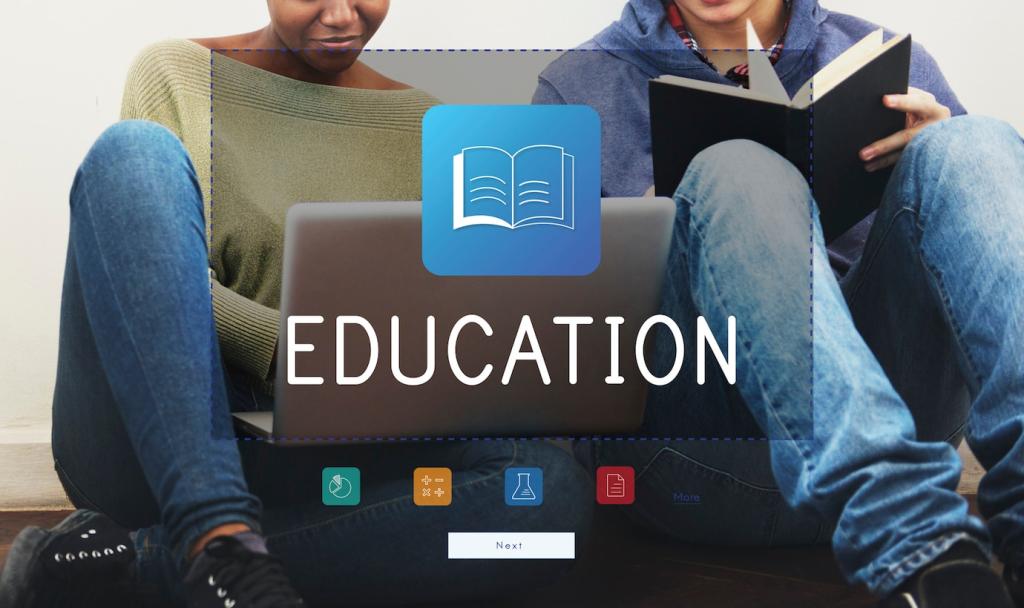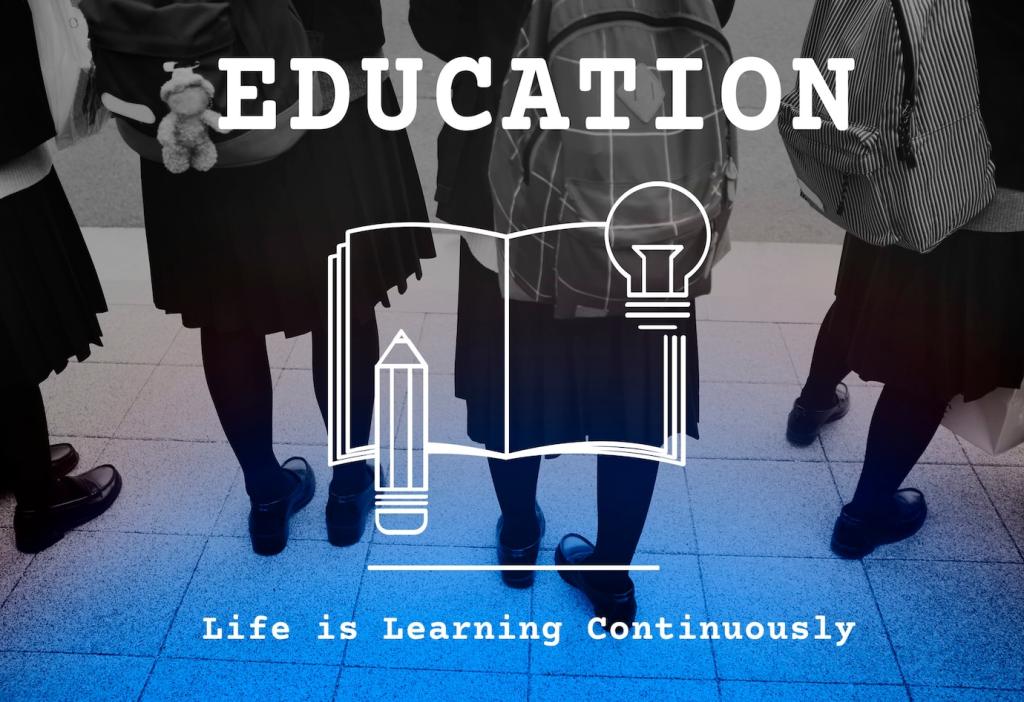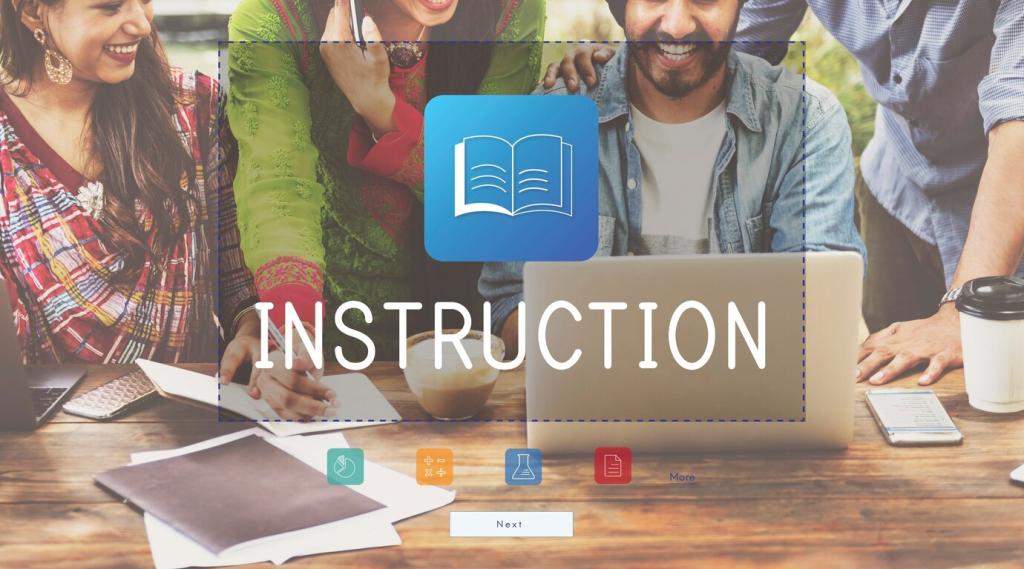Crafting Educational Guides for Online and Offline Use
Chosen theme: Crafting Educational Guides for Online and Offline Use. Welcome to a practical, creative space where educators, trainers, and creators learn to design flexible learning guides that thrive with or without the internet. Stick around, ask questions, and subscribe to keep the ideas flowing.
Why Dual‑Format Guides Matter
Understanding Learner Contexts
Before drafting a single page, map connectivity, device access, printing constraints, and time realities. A guide built on these truths respects learners’ lived experience and keeps learning possible on busy, imperfect days.
Mapping Objectives Across Modalities
State outcomes that can be demonstrated with or without links, platforms, or logins. If goals hinge on a tool, specify an offline alternative, ensuring evidence of learning remains clear, equitable, and attainable.
Anecdote: The Bus‑Ride Lesson Pack
A middle‑school teacher bundled a mobile micro‑guide and a printable worksheet for students riding long bus routes. Completion rates soared, and families felt respected. What everyday constraint could your next guide honor?
Blueprinting Your Guide: Structure and Scaffolding
Break content into bite‑sized tasks with clear headings, estimated time, and required materials. Short paragraphs, numbered steps, and generous white space help online skimmers and paper readers succeed without overwhelm or confusion.


Blueprinting Your Guide: Structure and Scaffolding
Offer a core path and optional detours labeled “Enrich,” “Practice,” or “Reflect.” Branching creates choice online, while printed icons or margin notes mirror that flexibility offline without sacrificing coherence or clarity.
Plain Language that Travels
Use active voice, concrete verbs, and direct addresses like “Do this” or “Try this.” Keep sentences tight, jargon rare, and examples familiar. Plain language scales across screens, printers, ages, and proficiency levels gracefully.
Instructions Built for Autonomy
Design steps that do not rely on hyperlinks alone. Write out critical instructions, add parenthetical reminders, and provide page references or figure labels so learners can complete tasks without constant back‑and‑forth clicking.
Media and Materials: Choosing Assets for Any Environment
Multimodal Without Dependence
Provide audio transcripts, captioned videos, and printable summaries. If you include QR codes, ensure a short URL and a text alternative. Every rich medium deserves a quiet twin that preserves meaning offline.
Low‑Tech, High‑Impact Materials
Index cards, dice, sticky notes, and simple manipulatives transform activities without screens. Include printable templates and household alternatives so learners can assemble kits at home, keeping costs low and creativity high.
Packaging Downloadables and Printables
Bundle assets in organized folders with clear filenames and a read‑me page. For printables, set margins for common printers, include grayscale‑friendly designs, and indicate duplex or single‑sided printing recommendations where appropriate.




Delivering, Iterating, and Building Community
Post to your LMS, email a lightweight PDF, and send a printer‑friendly pack to families. Consider USB bundles for connectivity deserts. Clear, consistent channels reduce friction and build dependable access habits effectively.

